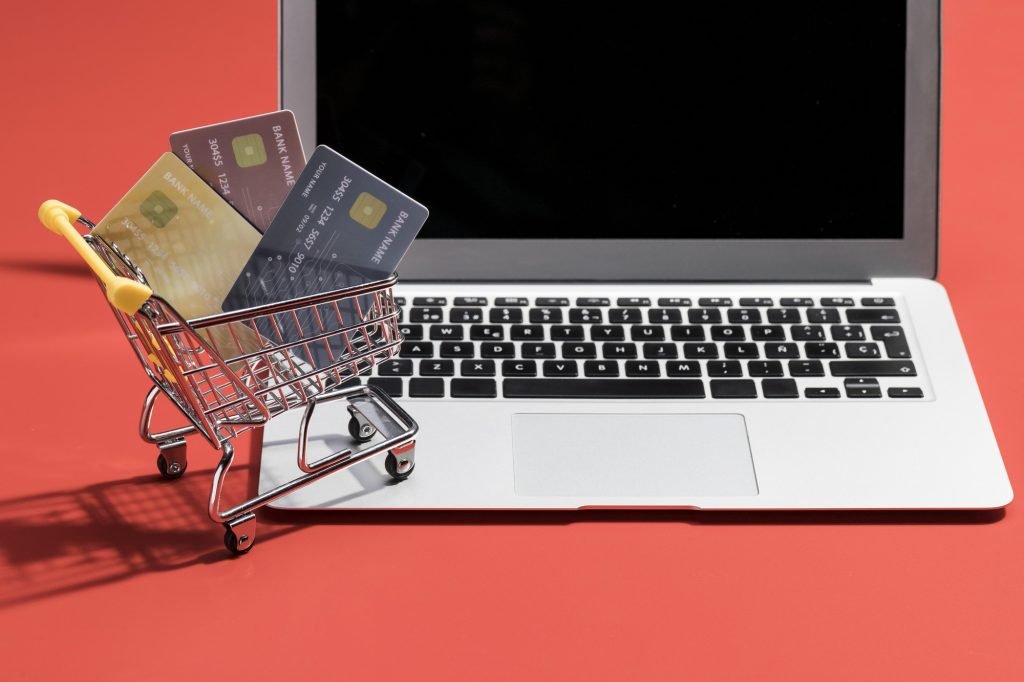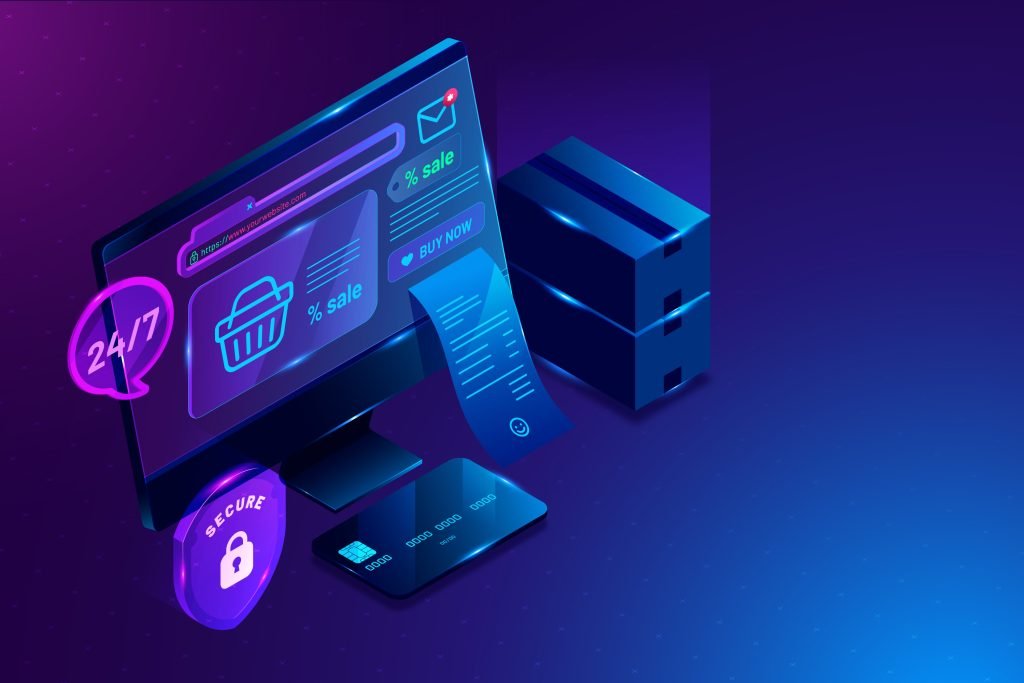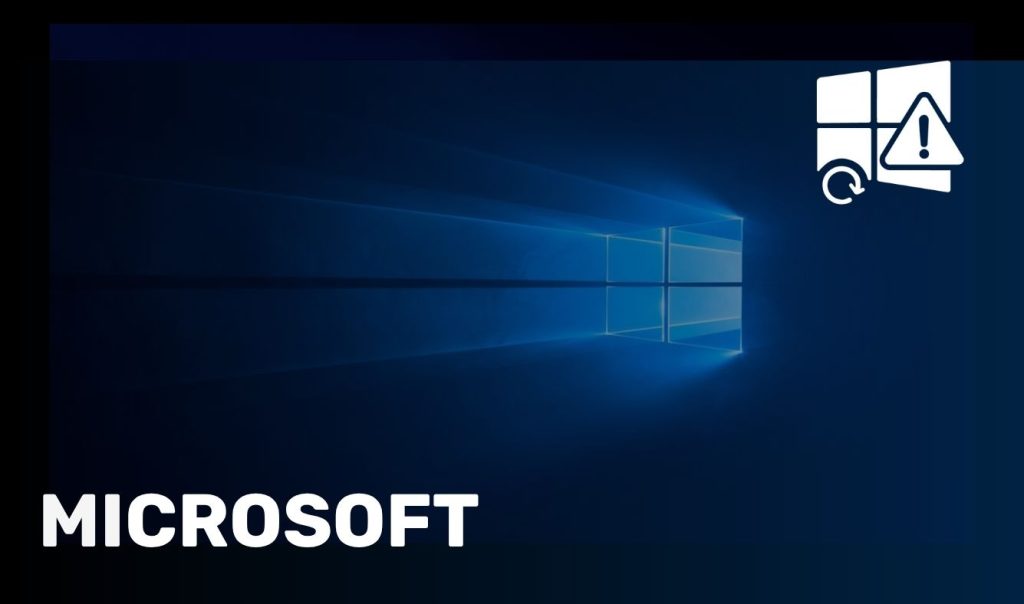As online shopping continues to flourish, so do the threats targeting businesses that operate in this space. The UK is currently the third-largest E-commerce market globally, and with this position comes heightened risk. From large-scale data breaches to sophisticated phishing campaigns, cybercriminals are becoming more relentless, targeting retailers of all sizes.
This guide by Creative Networks explores the key challenges of Cybersecurity in Ecommerce, presents actionable strategies, and outlines the benefits of Managed Cybersecurity for E-commerce businesses and retails.

Why Cybersecurity Is an Issue for E-Commerce Businesses
As E-Commerce platforms handle a high volume of financial transactions and store sensitive customer information, they are an attractive target for cybercriminals. The UK’s Cyber Security Breaches Survey 2024 revealed that 58% of large UK businesses experienced cybercrime incidents in the past year. Moreover, 43% of global cyberattacks are now aimed at small businesses—including independent eCommerce retailers.
Alarmingly, over 60% of SMBs that experience a cyberattack shut down within six months. This statistic alone highlights that cybersecurity is not just an IT issue—it’s a business continuity issue.
Understanding the Most Common E-Commerce Cybersecurity Threats
Cyberattacks on retail businesses vary widely. Some are designed to steal personal or financial data, while others aim to take down systems entirely. Here’s a breakdown of the most common threats:
1. Phishing Attacks
Scammers trick employees or customers into revealing sensitive information through fake emails, websites, or pop-ups. These attacks are increasingly sophisticated and difficult to detect.
2. Malware and Ransomware
Malicious software that infiltrates your systems, compromises data, or locks you out of critical systems until a ransom is paid. The retail sector is particularly vulnerable to ransomware attacks due to the high value of customer databases.
3. SQL Injection
Attackers exploit weak or unprotected code in your eCommerce site to access, alter, or delete customer and transaction data from your database.
4. DDoS (Distributed Denial of Service) Attacks
These attacks flood your eCommerce site with traffic, causing it to crash—leading to lost revenue and a damaged brand reputation.
5. Credential Stuffing
Hackers use stolen usernames and passwords from other sites to gain access to your platform. If users reuse passwords, they’re particularly vulnerable.
E-Commerce Cybersecurity Statistics
To put the risk into perspective:
- 2.39 million cybercrime incidents were reported by UK businesses last year.
- The cost of cybercrime to UK businesses over the past five years has been approximately £44 billion.
- Only 13% of businesses in the UK are aware of the government’s “10 Steps to Cyber Security” initiative.
These stats reinforce the growing urgency of adding Cybersecurity to E-Commerce operations—especially as the industry continues to scale.
Key Cybersecurity Concerns in E-Commerce
1. Customer Data Protection
UK’s GDPR regulations mandate strict data protection rules. Failing to comply not only risks reputational damage but also hefty fines.
2. Platform Vulnerabilities
Many eCommerce businesses use third-party plugins and software, which can create security loopholes if not updated or monitored properly.
3. Payment Fraud
Unsecured or poorly integrated payment gateways are a common target. PCI-DSS compliance is essential for secure payment processing.
Cybersecurity Solutions for E-Commerce
To effectively secure an online store, eCommerce businesses must implement a Multi-layered Cybersecurity Strategy that not only defends against cyber threats but also ensures compliance with data protection regulations such as GDPR and international standards like ISO 27001.
Below are the key Ecommerce Cybersecurity solutions and best practices every online retailer should prioritize:
1. Multi-Factor Authentication (MFA)
Adding MFA to all critical access points—especially admin dashboards, payment gateways, and customer data repositories—is one of the most effective ways to prevent unauthorised access.
By requiring users to verify their identity using two or more factors (e.g., password + mobile code or biometrics), MFA significantly reduces the risk of compromise from stolen or weak credentials.
Best Practices:
- Enforce MFA on all employee accounts with access to customer data.
- Implement role-based access controls alongside MFA for added protection.
- Ensure third-party service providers and vendors also support MFA.
2. Data Encryption (In Transit and At Rest)
Encryption is a fundamental part of Cybersecurity in E-Commerce, especially when handling personal and payment data. It ensures that even if data is intercepted or breached, it cannot be read or misused.
- In Transit: Use SSL/TLS certificates to encrypt data exchanged between users and your website. HTTPS should be enforced site-wide.
- At Rest: Encrypt stored customer data, including PII (personally identifiable information) and card details, using industry-standard algorithms like AES-256.
Compliance Notes:
- Under GDPR, encryption is a recommended technical safeguard for protecting personal data.
- ISO 27001 requires that organisations implement cryptographic controls to maintain data confidentiality and integrity.
3. Secure Payment Gateways
Using a PCI DSS-compliant payment gateway is essential to protect your customers’ financial information and reduce liability. A secure payment gateway handles transactions off-site or via embedded frames, keeping sensitive data away from your core systems.
Key Features to Look For:
- Tokenisation to replace card data with non-sensitive equivalents.
- Fraud prevention tools such as 3D Secure, AVS (Address Verification System), and real-time transaction monitoring.
- End-to-end encryption from customer checkout to payment processing.
Regulatory Note:
- PCI DSS compliance is mandatory for any business that handles, stores, or processes credit card information.
- Non-compliance may result in heavy penalties and the loss of payment processing privileges.
4. Regular Security Patching and Updates
Running your eCommerce site on platforms like Shopify, WooCommerce, Magento, or BigCommerce often involves using third-party plugins and extensions. These components can introduce vulnerabilities if not properly updated.
What You Should Do:
- Enable automatic updates for critical security patches.
- Monitor security advisories from plugin vendors and platform providers.
- Schedule regular audits to identify outdated or unused components.
Why It Matters:
- Many cyberattacks exploit known vulnerabilities in outdated software.
- Both GDPR and ISO 27001 emphasize the importance of maintaining an up-to-date security posture through patch management.
5. Web Application Firewall (WAF)
A Web Application Firewall (WAF) acts as a protective shield between your website and the internet. It filters, monitors, and blocks malicious HTTP/S traffic before it can interact with your application.
Key Protections Offered by WAFs:
- Blocks SQL injections, XSS attacks, and zero-day exploits.
- Helps mitigate DDoS (Distributed Denial-of-Service) attacks by rate-limiting malicious traffic.
- Provides logging and analytics for compliance and forensics.
Compliance Alignment:
- Using a WAF can support your ISO 27001 controls related to system security and operational continuity.
- It also aligns with GDPR’s Article 32, which mandates measures to ensure a level of security appropriate to the risk.
6. Backup and Disaster Recovery Plans
Cyberattacks such as ransomware can lock down your systems and data. Having a robust backup and disaster recovery (DR) strategy is essential to restore operations quickly with minimal data loss.
Best Practices:
- Use automated, encrypted backups stored in separate cloud environments or offline.
- Test your DR plan regularly to ensure recovery procedures are effective and timely.
- Keep backup frequency aligned with your operational risk tolerance—daily or real-time for high-transaction businesses.
Compliance Implications:
- Both ISO 27001 and GDPR require organisations to have processes in place to recover from data loss or breaches.
- Under GDPR, Article 33 requires you to report certain data breaches within 72 hours—having access to clean backups is crucial for timely response.
7. Logging, Monitoring & Incident Response
While not often considered upfront, continuous monitoring and incident response capabilities are critical for detecting and containing security events.
Implement:
- A centralised SIEM (Security Information and Event Management) platform for real-time threat detection.
- Logging of access attempts, user activity, and system changes.
- An incident response plan with roles, contacts, and actions defined.

E-Commerce Cybersecurity Tips for UK Businesses
- Conduct regular security assessments—Know your weak points before hackers do.
- Segment your network—Limit access rights based on job role and necessity.
- Implement strong password policies—Encourage password managers and regular updates.
- Educate your staff—Training is the first line of defence.
- Test your backup and recovery plans—Don’t wait for a breach to see if they work.
E-Commerce and Cybersecurity Must Go Hand-in-Hand
With the growing scale and sophistication of threats, Cybersecurity for retail & E-Commerce is no longer optional—it’s mission-critical. Whether you’re running a boutique shop or a large-scale marketplace, protecting your infrastructure, customer data, and brand reputation should be a top priority.
Ecommerce Cybersecurity concerns are not going away. The businesses that thrive will be the ones who proactively secure their platforms, educate their teams, and partner with cybersecurity experts.
Contact Creative Networks Today
At Creative Networks, we specialise in managed cybersecurity for E-Commerce—helping UK businesses secure their online stores with robust, scalable, and compliant solutions.
Protect your digital storefront—before it’s too late.
Contact Creative Networks Today to schedule a free Cybersecurity consultation and learn how we can help secure your eCommerce business.




